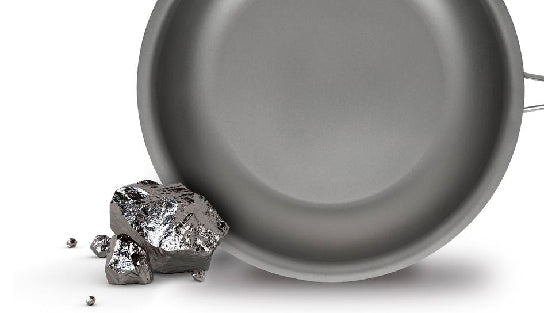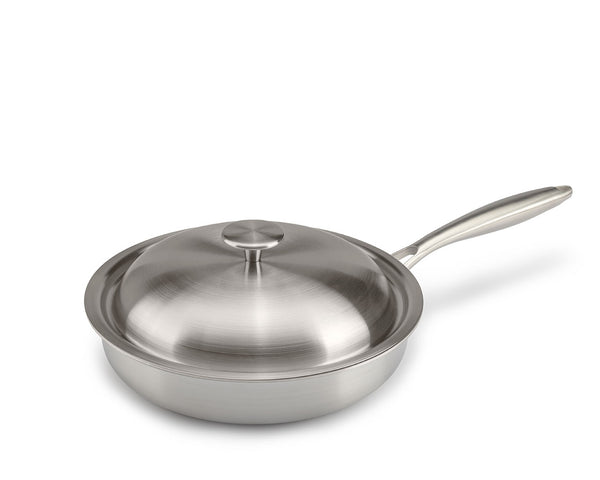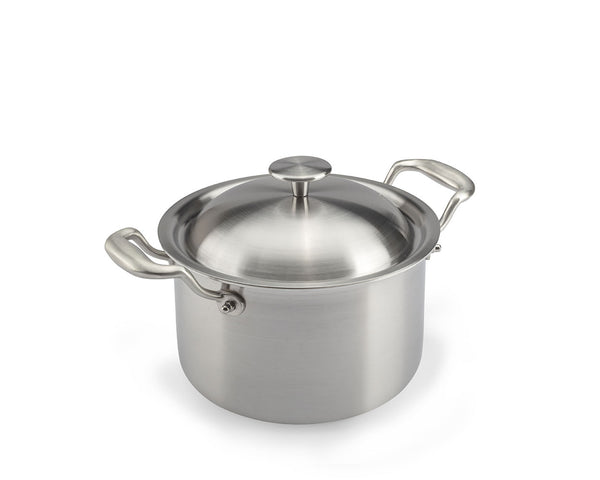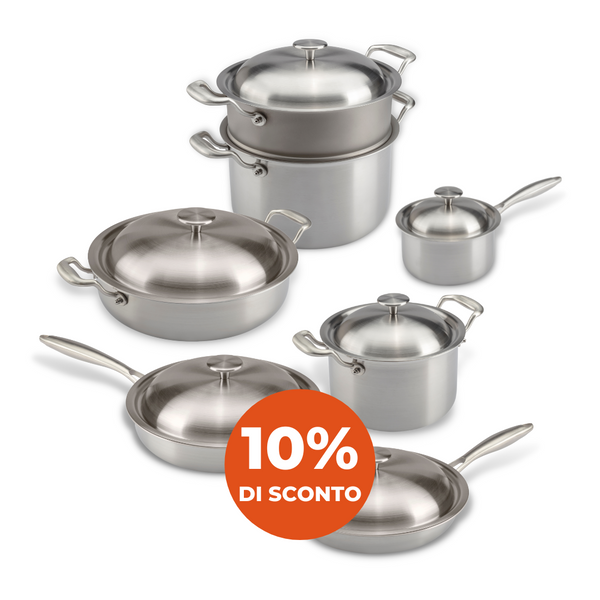HISTORICAL BACKGROUND AND AREAS OF USE
Titanium was discovered relatively recently (1791) in Cornwall by Cambridge-educated pastor and amateur chemist William Gregor, who, on examining the sand of the local river, identified an unknown element that we know now to be ilmenite, a mixed oxide of iron and titanium (FeTiO3). Shortly afterwards, the German chemist Martin H. Klaproth isolated another unknown substance, rutile (TiO2), and proved that ilmenite and rutile were minerals (oxides) of the same metal, which he called titanium. Its exceptional mechanical properties reminded him of the primordial power of the mythological figures of the Titans.
Titanium is the ninth and fourth most abundant element in the earth's crust after iron, aluminium and magnesium. However, the production of pure titanium took more than a century. The production process proved very complex due to the tendency of this metal to react with atmospheric gases and in particular oxygen. This complexity was also responsible for the of this material’s high cost.
Thanks to its high mechanical resistance, lightness and ability to withstand extreme temperatures, the first industrial application of titanium was in the aeronautical sector, starting in the 1930s. The best known example of titanium use in aerospace is the famous US Lockheed SR-71 scout plane, known as the "Blackbird", which was built using 93% three different titanium alloys. The aircraft was capable of exceeding Mach 3 (i.e. three times the speed of sound), and its surfaces had to withstand temperatures in excess of 300°C, due to the enormous compression of the surrounding air: such high temperatures even caused the aircraft's nacelle to change colour from black to blue. The Moon Landing of 1969 would not have been possible without the decisive use of this element in the Apollo missions.
But titanium's unique properties do not end there: it is also the metal with the best resistance to corrosion, with the sole exception of platinum. In contact with oxygen from the air or water, it forms a strong, protective oxide layer on the surface, which also provides good protection against erosion. From the very beginning, it was also used in the navy and was - and still is - widely used in the nautical sector.
Its high corrosion resistance soon led to its use in the chemical and petrochemical industries, as well as for seawater desalination plants.
Due to mining problems, titanium is still an expensive and exclusive material. However, the areas of use have increased in recent times: today many consumer products are made of titanium: golf clubs, bicycles, watches, spectacle lenses and frames.
One of the latest uses of titanium has been in the architectural field as a cladding element in buildings.
 The opportunity was provided by the project for the Guggenheim Museum in Bilbao. F. Gehry used titanium for the outer shell in a highly innovative way, both because he used a material that had never been used for this purpose before, and because he used an IBM software technology, the CATIA 3D program (read CATIA-ee), which until then had only been used in the aerospace field.
The opportunity was provided by the project for the Guggenheim Museum in Bilbao. F. Gehry used titanium for the outer shell in a highly innovative way, both because he used a material that had never been used for this purpose before, and because he used an IBM software technology, the CATIA 3D program (read CATIA-ee), which until then had only been used in the aerospace field.
Titanium is not only a material with amazing mechanical and chemical properties, it is also a friend to man, as it is one of the few metals that is completely non-toxic and biocompatible.
Thanks to its non-toxicity and good biological compatibility with human tissues and bones, it began to be used in the biomedical and surgical sectors for prostheses, dental implants, pacemakers and surgical instruments.

Titanium features overview
- Excellent corrosion resistance, comparable to platinum;
- High resistance to abrasion and impact;
- Lightness (its density is about 50% of that of copper and 60% of that of steel);
- High thermal inertia and good heat resistance;
- Good workability;
- Non-magnetic;
- Non-toxicity;
- Non-polluting.
China is currently the main producer of titanium and is also the country with the largest titanium reserves in the world, concentrated mainly in the Sichuan province, with the main source from ilmenite. Other producing countries in order are Russia, Japan, Kazakhstan, Ukraine, India and the United States.
WHY BRING TITANIUM INTO THE KITCHEN?
Thanks to his experience in the cookware sector and his in-depth knowledge of materials, the Engineer Andrea Lucidi had been thinking of using titanium for the production of cooking utensils for many years. In fact, when cooking food, pots and pans are subjected to high chemical and physical stress.
High corrosion and heat resistance combined with non-toxicity make titanium the ideal material for contact with food during cooking:
- perfectly resists aggression from both acid and alkaline ingredients without interacting with them,
- can withstand very high temperatures (such as those reached when dry-heating a frying pan to grill a steak) without decomposing and releasing gas.
The combination with an inner sheet of aluminium - a light metal with excellent thermal conductivity - gives Tritania pans a lively heat response and optimum temperature distribution over the entire surface of the pan, including the sides.
THE TITANIUM USED FOR TRITANIA COOKING UNITS
Titanium is ranked according to grades: grades 1 to 4 are all commercially pure and differ only in the amount of oxygen, hence their greater or lesser workability.
The material used for the surface of the Tritania cooking units is grade 1 titanium . It is the purest and most ductile of these grades and therefore has the highest workability, combined with excellent corrosion resistance and high resilience.
Aretè buys titanium from various manufacturers all over the world, all of whom are certified by Boeing and Aerbus, which guarantees that high quality standards are met.
The titanium is then given to a metallurgical company that makes the trilaminate, the raw material for the Tritania cooking units. The trilaminate is obtained by pre-heating titanium, aluminium and stainless steel and rolling them together to form a single body.
The trilaminate discs are then put through the various stages of the manufacturing process to transform them into cooking units of different shapes and sizes: deep-drawing, sizing, trimming, external satin-finishing, internal sandblasting, handle assembly and lasering are carried out by specialised companies located in Lombardy and Piedmont.
References
Monica Cariola, Il titanio. Un metallo dalle molteplici applicazioni. Analisi tecnologica e valutazioni economiche, Franco Angeli Editore, 1997 - Aurelio Burdese, Metallurgia e tecnologia dei materiali metallici, UTET,1992





